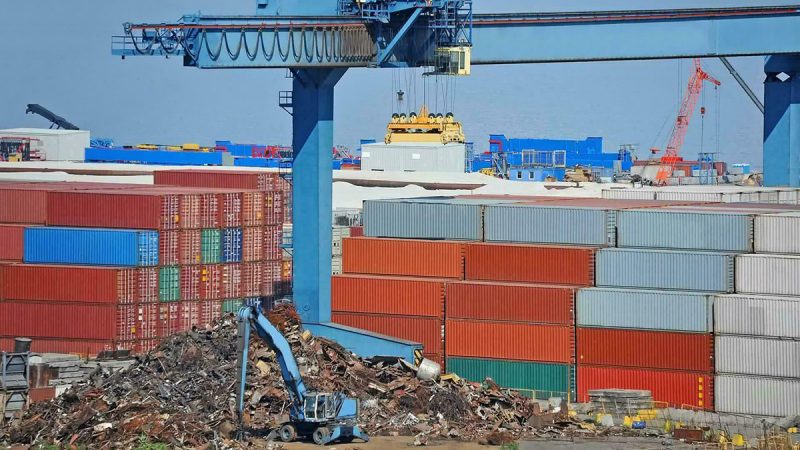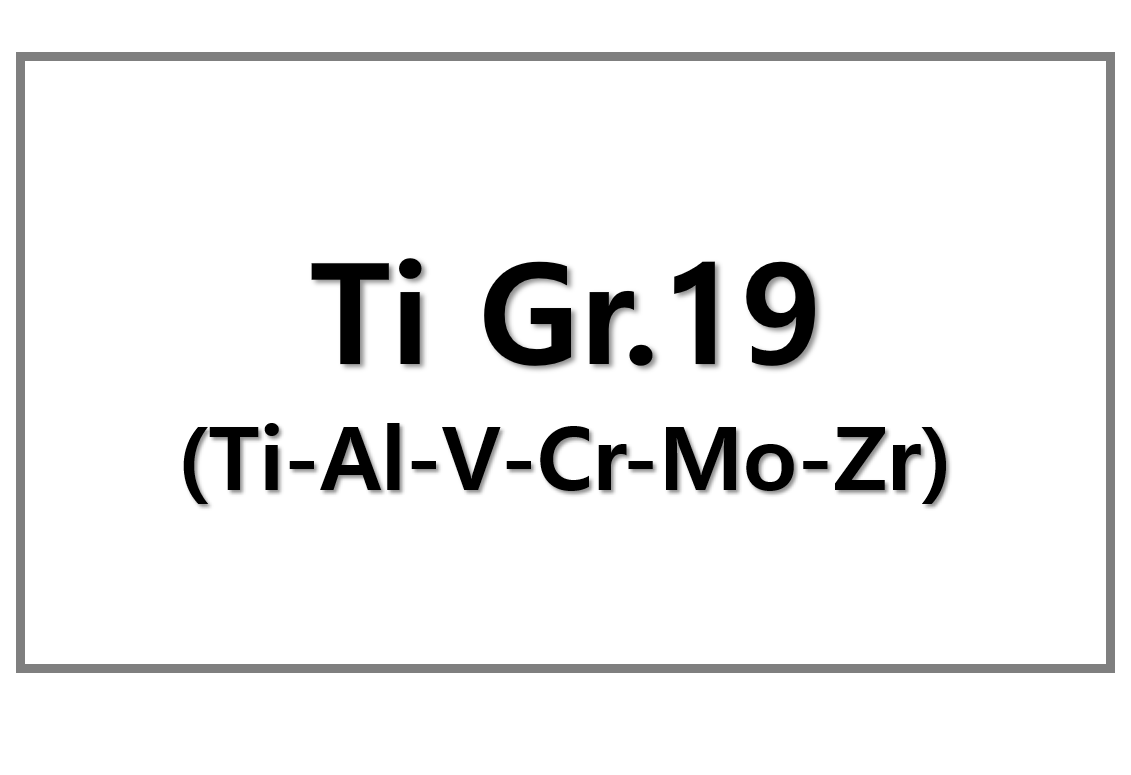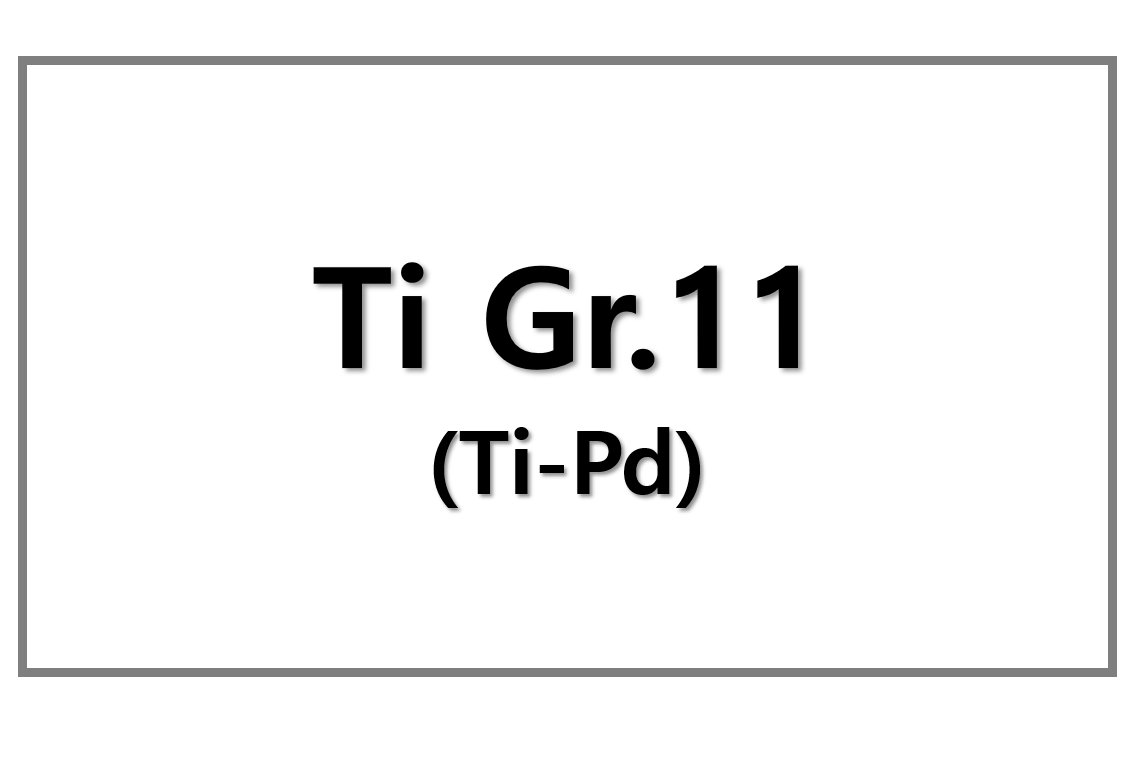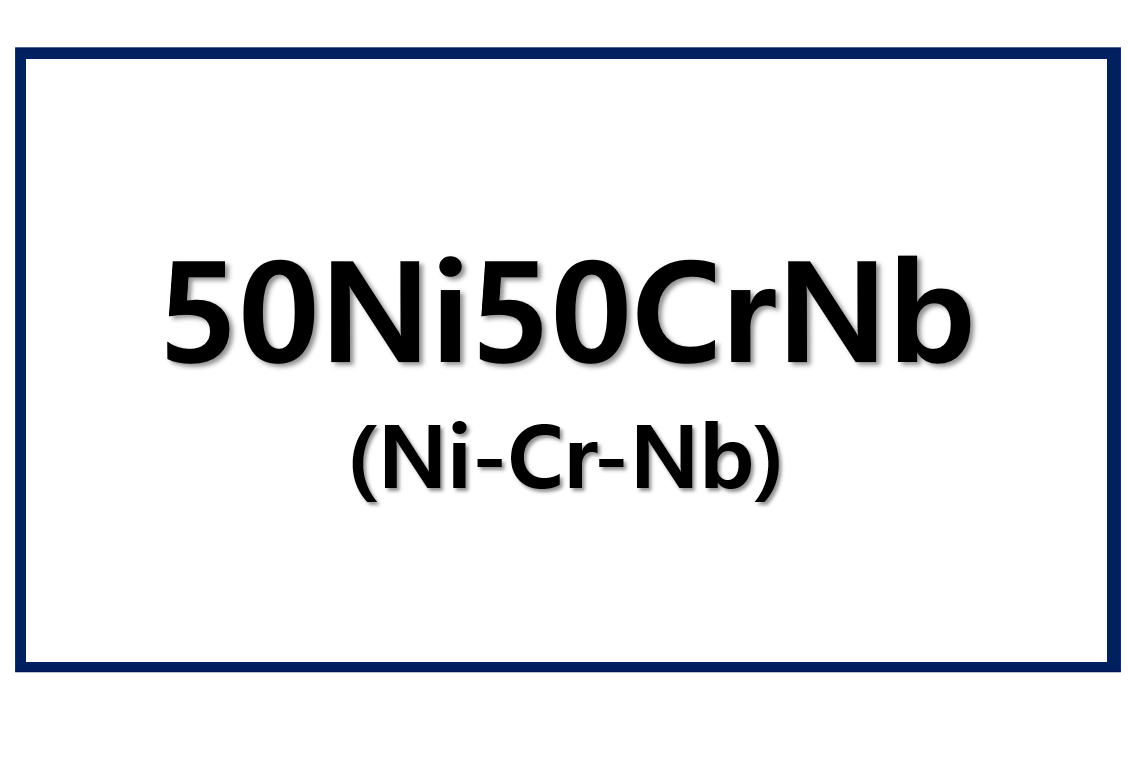
India’s ferrous scrap import market faces a recurring challenge in 2025 as cheaper metallic alternatives threaten demand. After a slump in 2024, India’s scrap imports rose 7.9% year-on-year in early 2025, reaching 3.48 million tonnes between January and April. However, market participants warn that domestic direct-reduced iron (DRI) prices continue to undercut scrap demand, influencing steelmakers’ sourcing decisions nationwide. This trend reflects ongoing competition in India’s raw materials market, particularly for induction furnace (IF) mills relying on cost-effective inputs.
Impact of Cheaper Metallics on India Ferrous Scrap Imports
The focus keyphrase India ferrous scrap imports is pivotal in understanding the current market dynamics. Domestic sponge iron (DRI) remains the primary cheaper alternative, significantly reducing reliance on imported scrap. Indian steel producers increasingly prefer DRI due to its cost advantage and steady availability. Despite declining scrap prices globally and domestically, mills find it economically viable to substitute a portion of scrap with DRI in steel production. This substitution effect places persistent pressure on India ferrous scrap imports, especially during the monsoon season when steel demand typically softens.
The supply side adds complexity as India continues to receive significant scrap cargoes at lower port stockpile prices. However, these volumes face stiff competition from local pig iron and sponge iron alternatives, which further depress import growth. Moreover, recent easing of geopolitical tensions in the Middle East has resumed shipments of hot-briquetted iron (HBI) and iron ore pellets into India, adding to price pressures on domestic DRI and, by extension, on scrap imports.
Rising Steel Output vs. Subdued Scrap Imports in India
India’s steel industry continues to grow robustly, with crude steel production rising 8.2% year-on-year to 67.2 million tonnes in January-May 2025. However, this increase has not translated into proportional growth in ferrous scrap imports. The key reason lies in the surge of domestic DRI output, which grew 8.8% in the same period to 24.4 million tonnes, outpacing steel production growth.
This trend highlights a structural shift in India’s steelmaking raw materials sourcing. While local scrap collection is increasing, it remains insufficient in volume and quality to meet all demands. Consequently, Indian steelmakers maintain a high reliance on locally produced metallics like DRI and pig iron, dampening the growth potential for imported scrap. Nonetheless, industry experts anticipate that improving scrap quality and expanding electric-arc furnace (EAF) capacities by major players such as Tata Steel and Jindal Steel will boost India ferrous scrap imports over the medium term.
Future Outlook for India Ferrous Scrap Imports
Looking ahead, the fate of India ferrous scrap imports hinges on multiple factors, including supply quality, government policies, and global scrap export regulations. The Material Recycling Association of India (MRAI) expects growing demand for imported scrap, especially for higher-grade steel production where low-impurity scrap is critical. However, ongoing regulatory tightening in the European Union on scrap exports adds uncertainty to the availability and cost of imported ferrous scrap.
Industry sources highlight that if Indian electric-arc furnace steelmakers cannot rely solely on local scrap and DRI, imports will become increasingly vital. The next few years should see greater integration of imported scrap into India’s steel supply chain, provided trade policies remain favorable and supply logistics stabilize. Meanwhile, Fastmarkets will monitor sponge iron pricing and its influence on India’s scrap market to provide timely insights.
SuperMetalPrice Commentary:
India’s steel industry is at a crossroads where cheaper metallic substitutes challenge traditional scrap imports. While domestic DRI currently dominates, growing steel output and emerging high-grade steel production will gradually necessitate increased scrap imports. Market players should watch regional policy changes and the evolving trade landscape closely. Strategic sourcing that balances local metallics with selective scrap imports will define competitive advantage in India’s dynamic steel sector through 2025 and beyond.











Leave a Reply
You must be logged in to post a comment.